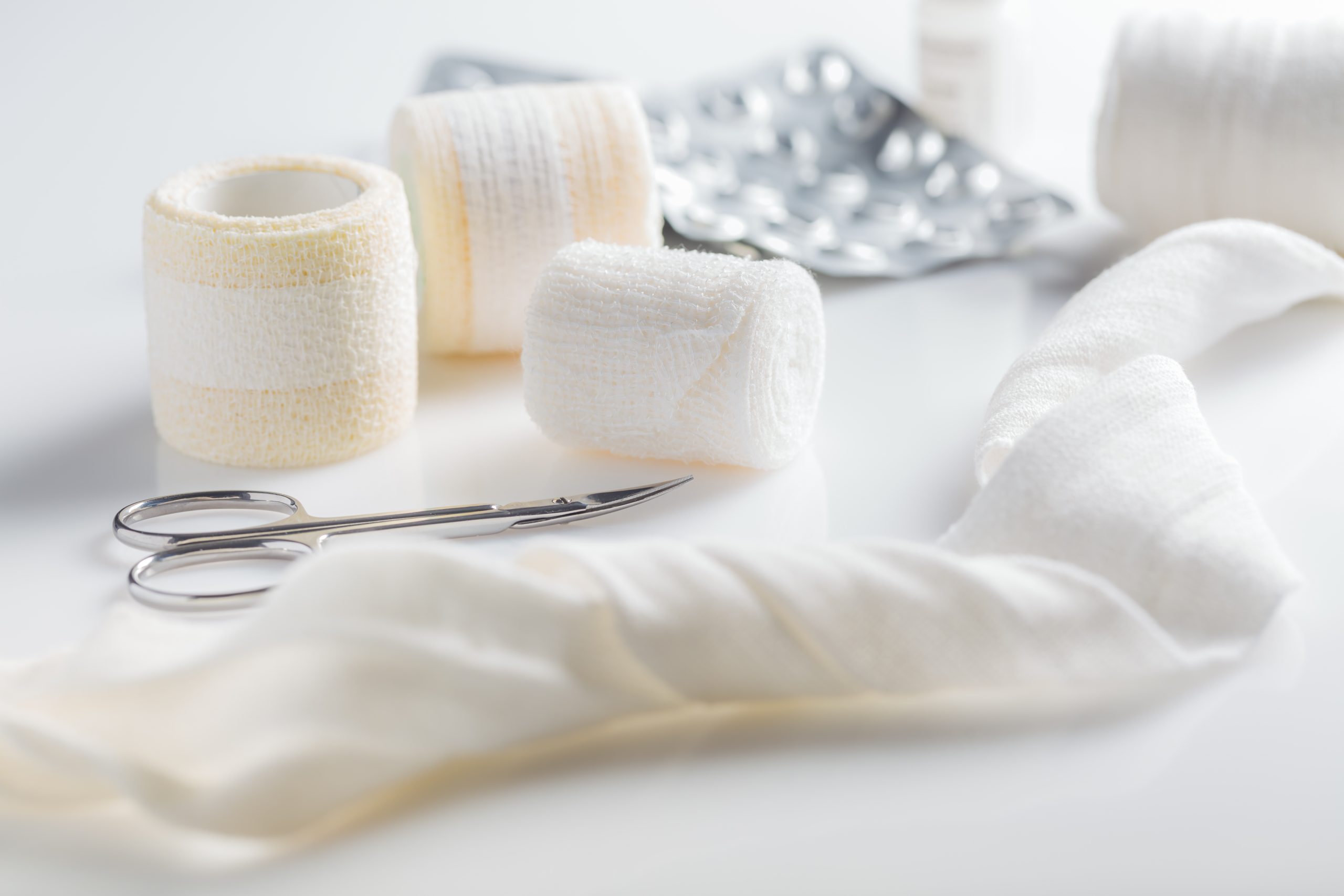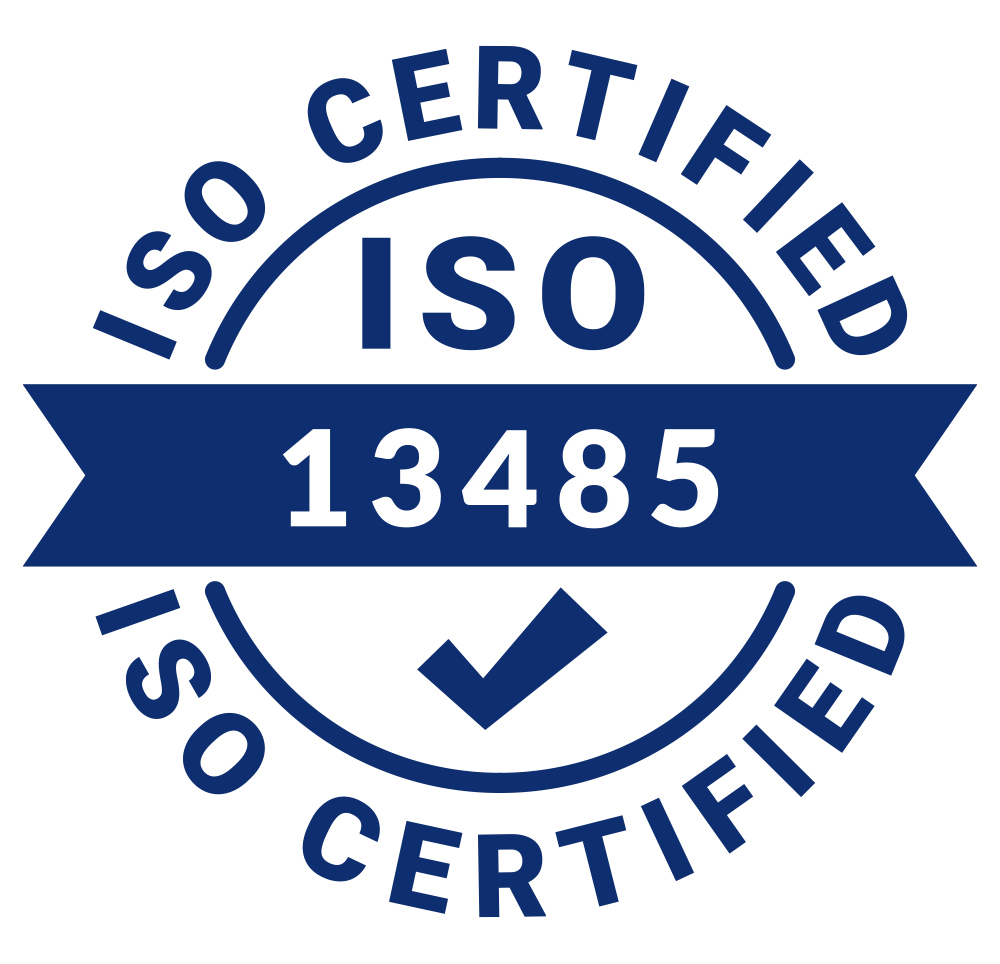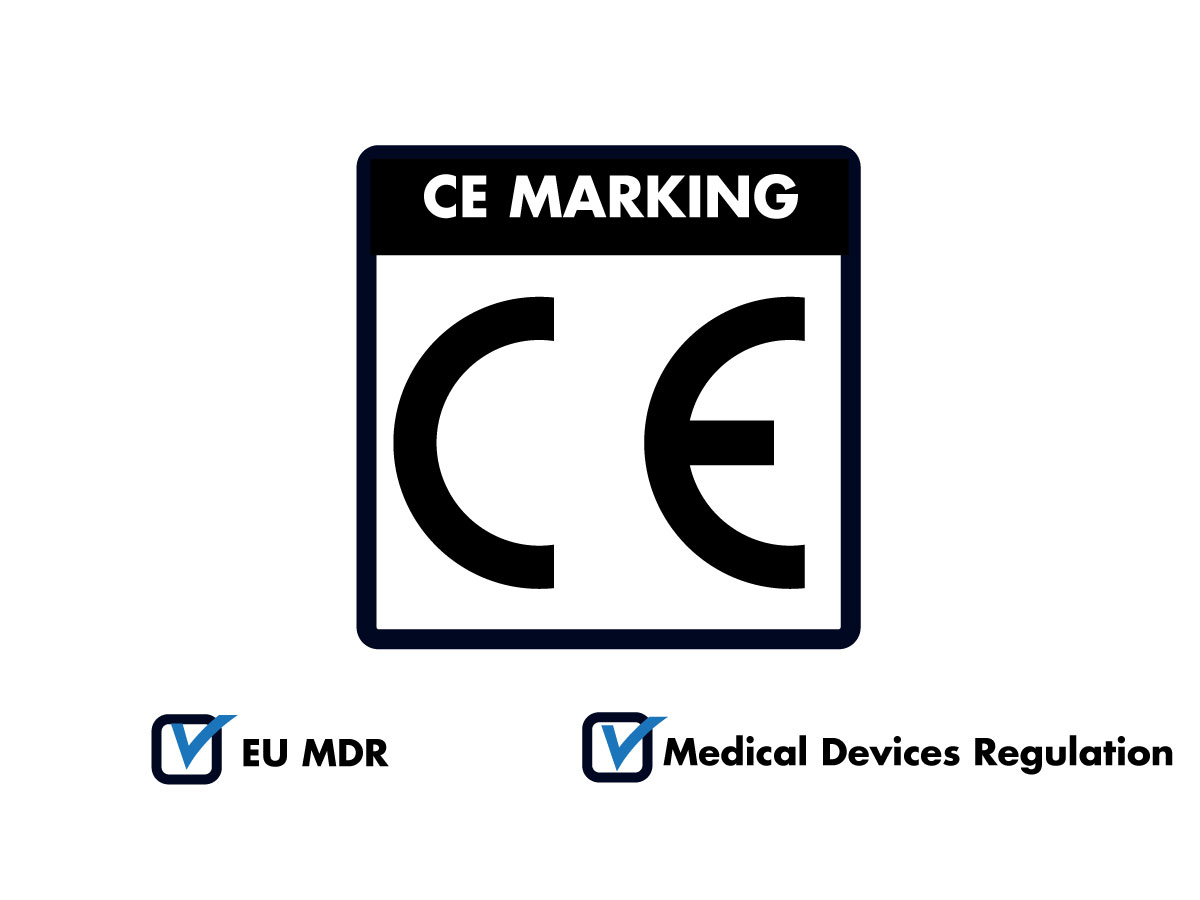Classification Is the Starting Point for CE Certification
If you want to sell a medical device in the European Union, the first and most crucial step is to correctly classify your product by risk level. Every aspect of the CE process—from documentation to audit requirements—depends on which risk class your product falls into.
This guide explains how to classify medical textile products under the EU MDR (Medical Device Regulation).
The 4 Main Risk Classes in MDR
According to MDR, medical devices are divided into four main classes:
➤ Class I – Low Risk
- Includes non-sterile products like gauze, bandages, plasters
- Typically for external use and short duration
- Self-declaration by the manufacturer is often sufficient
➤ Class Is – Low Risk, Sterile
- Sterile versions of Class I products
- Requires validation of sterilization process
- Involves a Notified Body for assessment
➤ Class IIa – Medium Risk
- Products with short-term contact inside the body (e.g., catheters)
- Clinical evaluation and Notified Body involvement are required
➤ Class IIb – High Risk
- Long-term implantable or body-contact devices
- Examples: infusion pumps, radiological devices
➤ Class III – Highest Risk
- Life-supporting or surgically invasive devices (e.g., heart valves)
- Subject to the strictest regulatory oversight and third-party audits
Where Do Medical Textiles Fall?
Most medical textile products (gauze, elastic bandages, plasters) typically fall into:
Class I or
Class Is (if sterile).
However, risk classification can change if:
- The product is sterile
- It has prolonged contact with skin or fluids
- It affects patient recovery or wound care directly
That’s why careful evaluation is essential before starting the CE process.
How to Determine the Correct Class
Ask the following:
- How long is the device used? (Transient, short-term, long-term?)
- What part of the body does it contact?
- Is it life-supporting or invasive?
- Is it sterile?
- Is it reusable?
Your answers will define your product’s class and what regulatory route you must follow.
Why Misclassification Is a Serious Risk
Classifying your product in the wrong risk group may lead to:
- Rejection of your CE application
- Product recalls or import bans
- Legal penalties and brand damage
That’s why consulting a regulatory expert is highly recommended during this step.
Conclusion
Medical device classification isn’t a bureaucratic detail—it’s the foundation of your compliance journey.
At Konum Engineering, we don’t just provide machines; we help manufacturers align with the right strategies to succeed in regulated markets.
By correctly identifying your product’s risk class, you can fast-track certification and minimize compliance risks.





